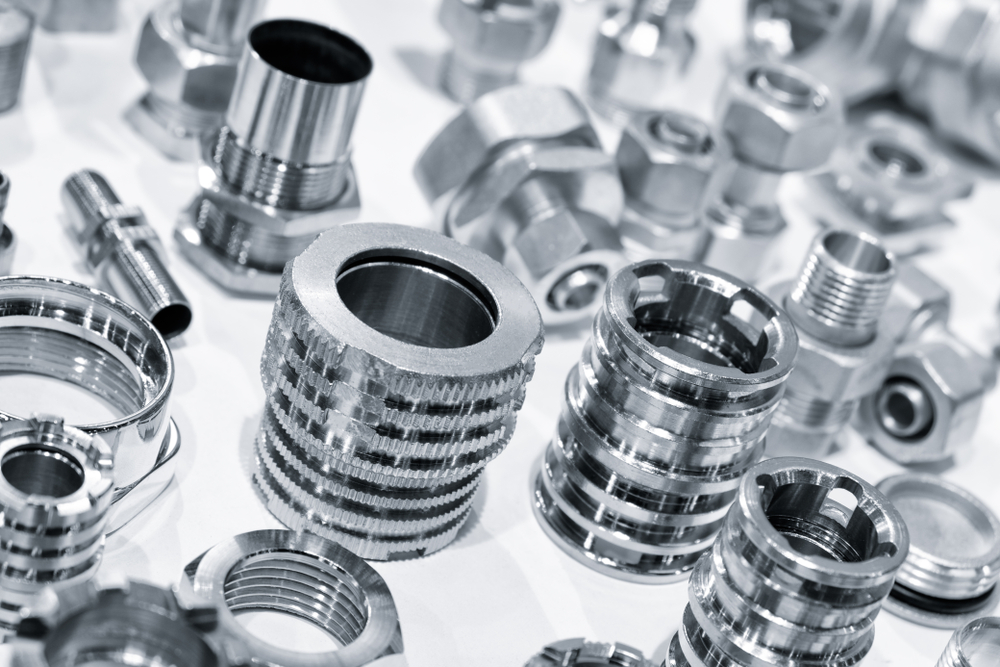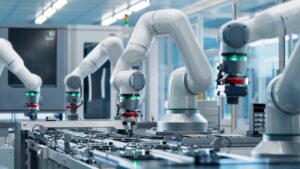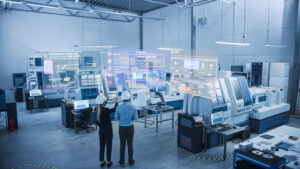This article reviews the criteria affecting the selection of a machining supplier.
We hope that this information can be helpful to you, even if you are already familiar with some of it.
In machining, there are no shelf products that can be selected out of a catalog, but rather “orders based on shop drawings”. Therefore, the product cannot be inspected before being purchased, which can sometimes lead to uncertainty about the final result that will be obtained.
Every vendor is different. Therefore, as a customer, your purchase personnel should be very familiar with the type of manufacturing required for your parts and contact the most suitable vendor accordingly.
The first criterion – the manufacturer’s size
Normally, the work performed by machining consumers can be divided into the following categories:
- Companies involved in development only.
- Companies involved in serial manufacturing (with or without the development stage).
The purchase personnel of a company involved in development only would prefer contacting a machining vendor who is a workshop. In this way the company will benefit from the shortest possible delivery time and relatively low prices.
In contrast, the purchase personnel of a company involved in mass production would contact a medium or large manufacturing plant with mass production capabilities.
If a small machining workshop takes upon itself to perform a large job, it actually blocks itself from providing its services to other customers.






